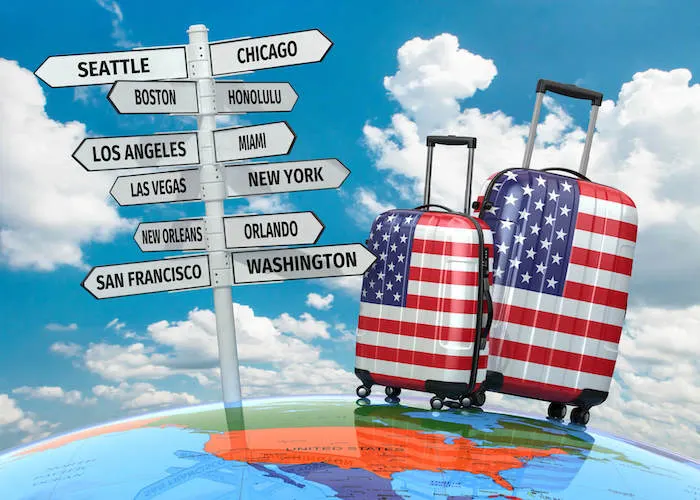The international education sector has grown into a multibillion-dollar global industry, with the United States, United Kingdom, Australia, and Canada remaining top destinations for students worldwide. However, new competitors are emerging, while enrollment surges from countries such as Nigeria, Saudi Arabia, Mexico, and Brazil—diversifying a field traditionally dominated by Chinese and Indian nationals.
Yet as the industry rebounds post-pandemic, long-held assumptions about the unquestioned benefits of international student recruitment are being reconsidered. Governments in major host countries are grappling with the side effects of rapid growth, including pressure on housing markets and concerns over whether rising admissions align with long-term labor needs. Some nations have already moved to tighten entry rules, signaling a shift from expansion to regulation.
A new report by the Transatlantic Council on Migration examines these tensions, analyzing how policymakers can balance demand for international education with broader economic and social priorities. The study evaluates tools governments can use to steer enrollment trends, optimize learning pathways, and ensure that global talent flows meet critical skill shortages—raising key questions about the sustainability of current growth models.
Related topics:
- 24-Hour Immigration Lawyer
- Immigration Bill: A Comprehensive Approach to Immigration Reform” href=”https://www.popularmigrant.com/archives/13591″>2013 Immigration Bill: A Comprehensive Approach to Immigration Reform
- Top 6 Countries with the Best Immigration Programs


